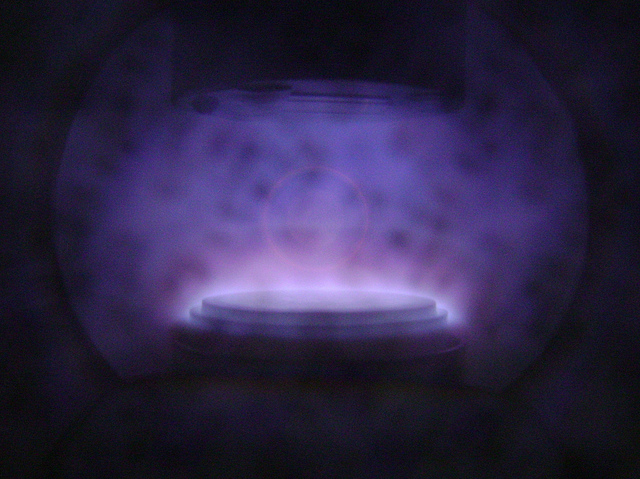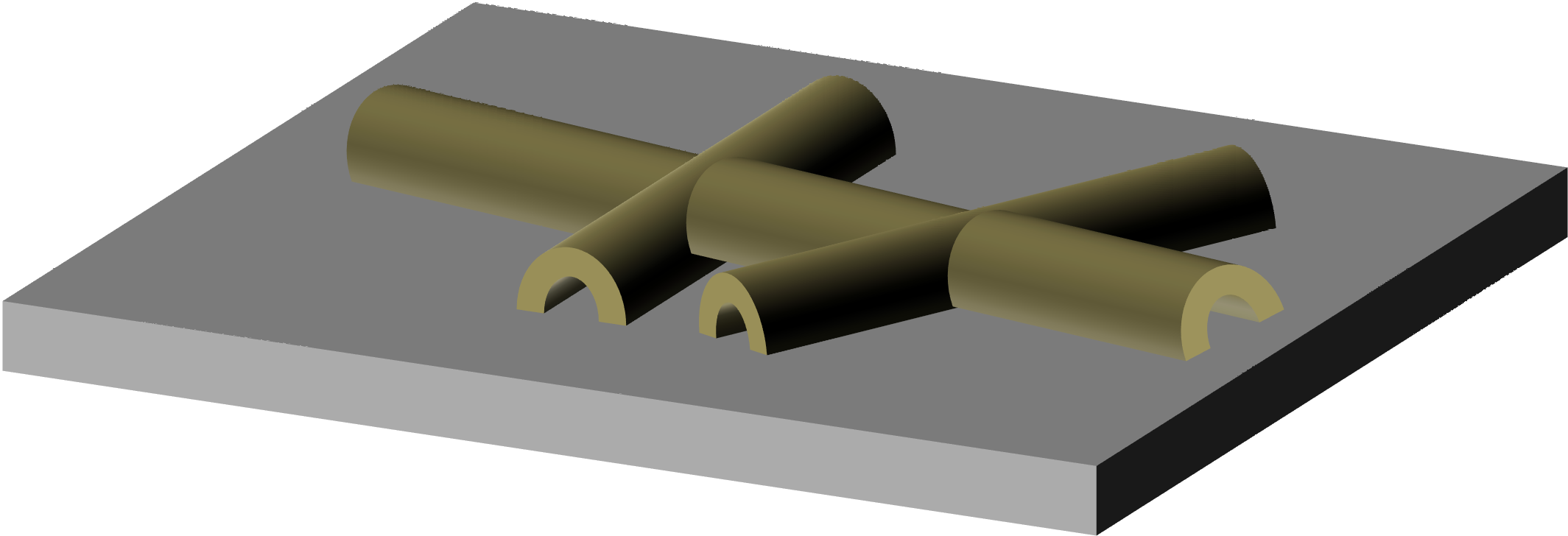▼ Reference
- Cai Y, Huang F, Wei Q, Wu E, Gao W. Surface functionalization, morphology and thermal properties of polyamide6/O-MMT composite nanofibers by Fe2O3 sputter coating. Applied Surface Science 2008; 254: 5501.
- Wang Q, Li X, Wei Q, Wang X, Yu J. Surface Morphology and Modulus, Wetting Behavior and Photocatalytic Activity of the TiO2 Coated Materials Based on PMMA/O-MMT Composite Microfibers. Journal of Fiber Bioengineering & Informatics 2011; 4: 43. Open Access
- Wei Q F, Huang F L, Hou D Y, Wang Y Y. Surface functionalisation of polymer nanofibres by sputter coating of titanium dioxide. Applied Surface Science 2006; 252: 7874
- Wei Q, Wang H, Xu Y, Deng B. Surface functionalization of polymer nanofibers by ITO sputter coating. Journal of Coatings Technology and Research 2010; 7: 511.
- Wu H, Kong D, Ruan Z, Hsu P C, Wang S, Yu Z. A transparent electrode based on a metal nanotrough network. Nature Nanotechnology 2013; 8: 421.
▼ Credit and Acknowledgement
Author
Wee-Eong TEO View profile
Email: weeeong@yahoo.com
 ElectrospinTech
ElectrospinTech

